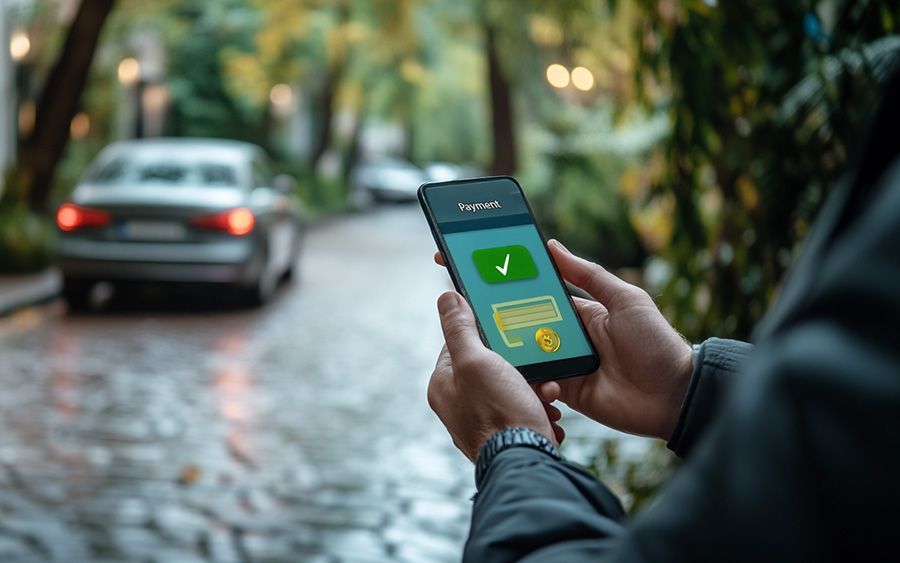Used Car Price Negotiation Tips: The Psychology of Selling for More
Most people think selling a car comes down to two things: price and patience. But as someone who’s spent years behind the desk — and the wheel — I’m telling you now, it’s rarely that simple.
April 14, 2024

Mastering the Mind of the Buyer
Buyers don’t show up as blank slates. They walk in with stories playing in their heads: “Don’t overpay,” “Don’t get ripped off,” “I can find a better one.” What you’re really negotiating with is not just a human — it’s their hopes, fears, and ego.
And if you want to sell like a pro? You learn to read the room before you open your mouth.
Build Trust Before You Sell a Thing
Forget about rattling off features and figures. The first step is to connect. Buyers want to feel like they’re making a smart decision — not just getting a good car. Ask questions. Listen like it matters (because it does). You’re not just selling the car — you’re selling you.
You build that rapport, and suddenly your car isn’t just another listing. It’s the one.
Use Anchoring, But Do It Smoothly
Set your asking price high enough that you’ve got room to move — but not so high that it triggers suspicion. Buyers naturally use your first number as their reference point, whether they realise it or not. That’s called anchoring, and when done right, it makes every concession feel like a favour from you.
Just make sure you know your walk-away point. That quiet confidence? It’s sexier than any discount.
Silence Is Your Sharpest Weapon
Once you’ve stated your price — stop. I mean it. Shut up.
Most people are uncomfortable with silence, and buyers will often fill it by talking themselves down — not you. I’ve closed deals just by sipping my coffee and letting them wrestle with their own internal dialogue. It's a beautiful thing.
Understand What They Actually Care About
Not everyone’s chasing a deal. Some want reliability. Others want to impress their mates. Some just want peace of mind. Your job is to figure out their why — and then lean into it. Like the PDF says, “features arouse interest, but benefits trigger desire.” So paint a picture.
Don’t say “new tyres.” Say, “You won’t have to touch the tyres for another 40,000 km — one less thing to stress about.”
Use Reciprocity to Nudge the Sale
Throw in something small — a tank of fuel, a spare key, a promise to deliver it across town. That micro-concession sparks a psychological urge to return the favour. Often, it’s with their wallet.
Know When They’re Hesitating… and Why
Buyers rarely say, “I’m scared of making a bad choice.” But that’s often what’s going on. That fear of regret is 2.5x more powerful than the desire for gain.
So de-risk it. Say things like, “I get it — buying a car is a big deal. That’s why I’m happy for you to have it professionally inspected, or call my mechanic. No pressure.” That one line can defuse all their anxiety.
Body Language Talks Louder Than You Do
Match their energy. Mirror their tone. Hold eye contact — but don’t stare ‘em down. Sit back when they’re uncertain, lean in when they’re engaged. You’re not just negotiating a number — you’re creating a feeling.
The Wrap-Up
Selling a car isn’t about being pushy. It’s about understanding people. You learn to pick up on cues, flex your approach to their buying style, and lead the interaction like a conductor — not a used car cliché.
If you want to win this game, you’ve got to know more than just your car.
You’ve got to know your buyer.
And trust me, when you master that… you’ll never settle for “still available?” again.
Or skip the uncertainty and sell your car with us! We offer competitive prices and same day payment.
That’s one part of the process - here’s the full guide on how to sell your car.








